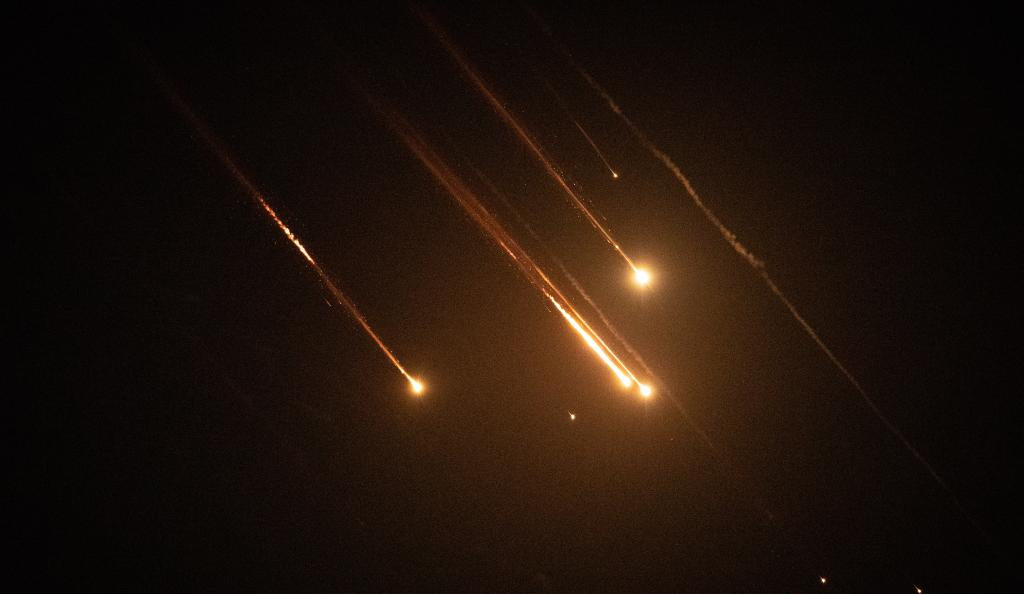DIDpress: On early Tuesday, June 17, the Islamic Republic of Iran launched a new and unexpected wave of missile strikes against sensitive positions of the Zionist regime—attacks that not only disabled Israel’s air defense systems but also caused astonishment and concern in international security circles.

Haifa Port Targeted
According to Al Mayadeen TV, several of the Iranian missiles struck the port of Haifa city. This port is one of the key economic and military infrastructures of the Zionist regime. The strike on Haifa is seen as evidence of the precision and intelligence behind Iran’s operation.
Silent Warnings, Intelligence Failures
Following the attacks, Israel’s Channel 12 explicitly said that “no early warning system was activated,” adding, “this is not the first time Iranian missiles have reached Israeli airspace without prior alerts.” The Israeli Home Front Command also confirmed that the cause of the malfunction is under investigation.
Arab sources emphasized that the Israeli military was completely caught off guard in terms of both timing and missile trajectory—an exposure of Tel Aviv’s intelligence and operational weaknesses.
Vertically Launched Missiles with Stealth Technology
Iraqi outlet Sabereen News published a video claiming Iran used, for the first time, missiles that are launched vertically and disappear in the sky. According to experts, these are a new generation of stealth missiles that are untraceable and render conventional defense tactics ineffective.
This new technology marks a strategic transformation in the Islamic Republic of Iran’s defensive capabilities—crossing the red lines of its enemies’ defense systems.
Fires in the Gulf of Oman
Alongside the missile strikes, reports emerged of fires on three oil tankers in the Gulf of Oman, possibly linked—directly or indirectly—to Iran’s missile operations.
Trump and the Familiar Dream of Meeting Tehran
Following Iran’s missile attack, CNN reported that former U.S. President Donald Trump once again expressed his desire to meet with Iranian officials. He has reportedly instructed his advisory team to immediately prepare the grounds for such a meeting.
“The offer to negotiate has been made by Washington, and now we wait to see how Tehran will respond,” said a U.S. official.
Trump Abruptly Leaves G7 Summit
In a simultaneous development, Donald Trump suddenly left the G7 summit in Italy. According to NBC, he cut the summit short and returned to Washington due to developments in the Middle East and Iran’s attack. U.S. media have interpreted this decision as a sign of strategic confusion and shock in Washington.
Conclusion
This new wave of Iranian attacks on Israel has not only revealed new aspects of the Islamic Republic’s defensive power but also openly exposed the intelligence and military failure of Tel Aviv and its Western backers. Missiles that land without warning—suddenly and stealthily—have now become symbols of Iran’s new defensive doctrine, one that has severely shaken regional and international equations.
On a larger scale, Trump’s rushed departure from the G7 summit, the U.S. warning to Iranian citizens to immediately leave Tehran, and the emergency security meeting held at the White House—reportedly including discussions involving senior American officials and possible outreach to Iranian diplomat Abbas Araghchi—reflect a wave of diplomatic and security shockwaves that have spread from the Middle East to the heart of the West.